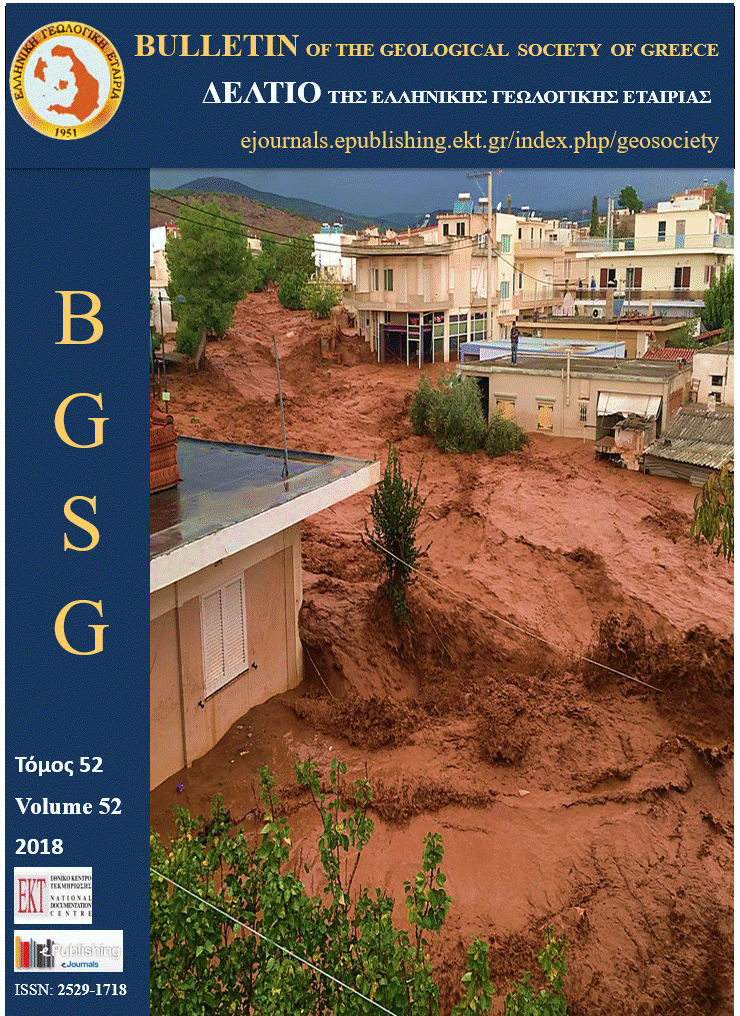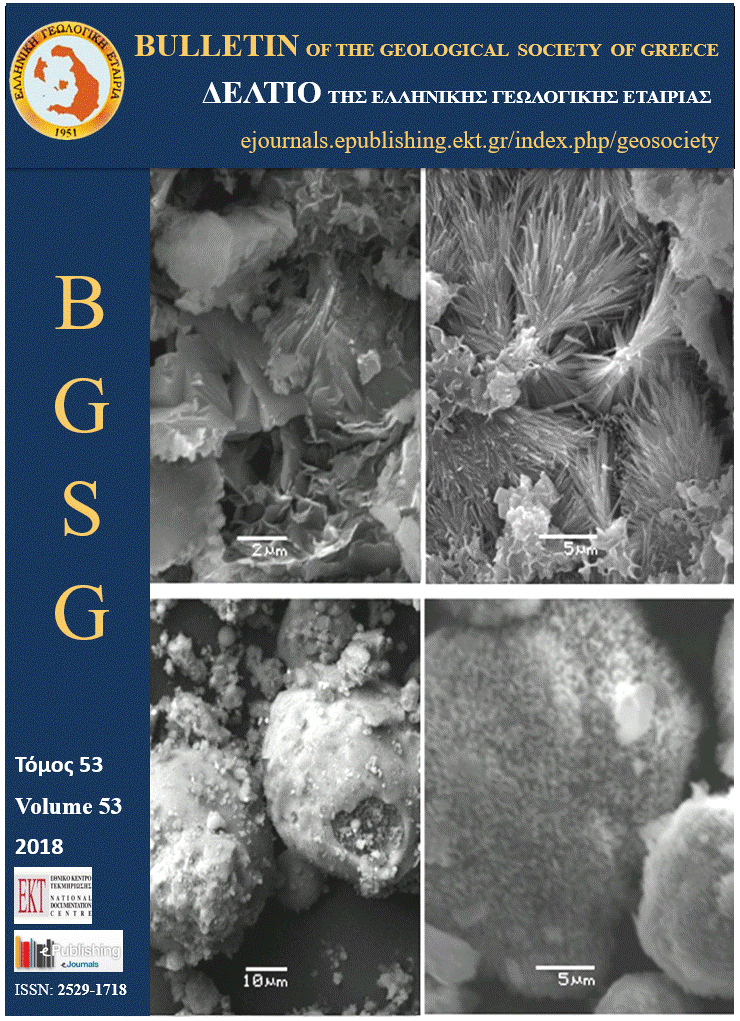Submerged antiquities on Paros and Naxos islands, Aegean Sea, Greece. New evidence for the mean sea level during the late Bronze Age and the Roman period

Abstract
Sea level changes are the combined effect of eustatic, glacio-isostatic and tectonic factors. Oxygen isotope data and geophysical models are often used to assess the first two factors, while the third factor can be assessed by field data. In this context, detailed mapping of palaeo sea-level markers may be used to evaluate coastal tectonic movements and the relative sea level changes in a particular region. Although various sea level markers exist, e.g. geomorphological, biological, archaeological, their reliability varies depending on their relationship to sea level. Amongst geomorphological indicators, tidal notches stand out as they can indicate former sea-level positions, with up to a decimeter confidence, while their shape may also provide qualitative information on the rate of sea-level change and on tectonic movements. Biological markers may also provide useful information provided that their relationship to mean sea level is clearly defined. Last but not least, archaeological remains, emerged or submerged, may also be used to quantify relative sea level changes; however, their reliability varies depending on the functionality of the structure.
In this framework, the aim of this paper is the study of sea level changes in the Central Aegean Sea (Paros and Naxos islands) through the use of various sea level indicators. Submerged beachrocks and tidal notches bear witness to the extent and depth of ancient shores. The submerged antiquities of Paros include cemeteries of various time periods and harbour installations, while the Baccini antiquities in Naxos include quarries and coastal settlements. Archaeological data in Grotta and Aplomata (Naxos), give evidence of at least two seismic events, coinciding with the profiles of two submerged tidal notches found at a depth of –3 m and –2.5 m respectively. The tsunami that covered the northern part of the Hellenistic Agora of Naxos in the 2nd c. AD is additionally confirmed by a submerged tidal notch at a depth of –1.70 m and dated by shells of Cerastoderma.
Article Details
- How to Cite
-
Evelpidou, N., Tziligkaki, E., & Karkani, A. (2018). Submerged antiquities on Paros and Naxos islands, Aegean Sea, Greece. New evidence for the mean sea level during the late Bronze Age and the Roman period. Bulletin of the Geological Society of Greece, 52(1), 71–97. https://doi.org/10.12681/bgsg.18628
- Section
- Geoarchaeology

This work is licensed under a Creative Commons Attribution-NonCommercial 4.0 International License.
Authors who publish with this journal agree to the following terms:
Authors retain copyright and grant the journal right of first publication with the work simultaneously licensed under a Creative Commons Attribution Non-Commercial License that allows others to share the work with an acknowledgement of the work's authorship and initial publication in this journal.
Authors are able to enter into separate, additional contractual arrangements for the non-exclusive distribution of the journal's published version of the work (e.g. post it to an institutional repository or publish it in a book), with an acknowledgement of its initial publication in this journal. Authors are permitted and encouraged to post their work online (preferably in institutional repositories or on their website) prior to and during the submission process, as it can lead to productive exchanges, as well as earlier and greater citation of published work.



